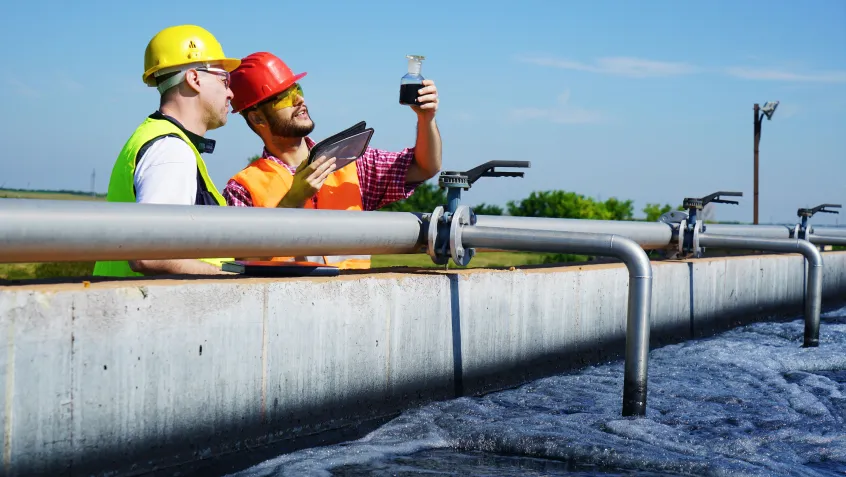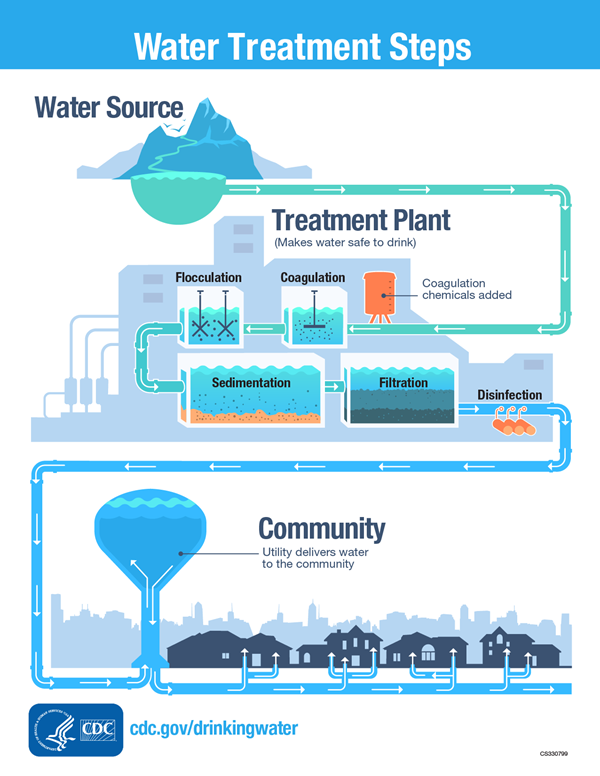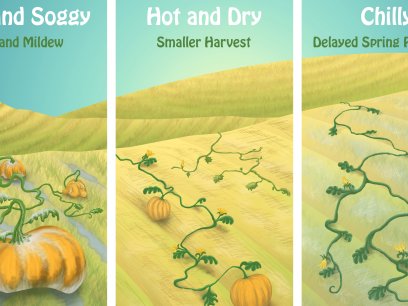
With so many people enjoying our country’s oceans, lakes, and rivers this month, it seems like a timely tie-in to talk about the importance of clean water. Let’s take a quick dive into where our water comes from and how you can help keep it clean.
Safe Drinking Water Act (SDWA)
In 1974, Congress passed the Safe Drinking Water Act (SDWA) to regulate the nation’s public drinking water supply with the goal of protecting public health. It’s been amended twice since then (1986 and 1996) to continue protecting drinking water and its sources, including lakes, rivers, springs, reservoirs, and public ground water wells. (The SDWA does not regulate private wells.) The SDWA authorizes the US Environmental Protection Agency (EPA) to establish national health standards for the nation’s supply of drinking water, safeguarding against both naturally occurring and man-made pollutants that might be lurking in our drinking water.
Our Tap Water
What exactly goes into making the average American's tap water safe to drink? As mentioned, our drinking water comes from two primary natural resources: surface water (think lakes and rivers) and groundwater. Typically, the water flows from intake points to a water treatment facility and then through our public water systems into our homes.
Because of possible contaminants in the water, treatment techniques aim to remove disease-causing agents to ensure water is safe to drink while conforming to state and federal regulations. According to the Centers for Disease Control and Prevention community water systems commonly implement a four-step water treatment process:
- Coagulation and flocculation: Chemicals are added to the water to help neutralize, dissolve, and bind small particles to form bigger particles called floc.
- Sedimentation: Because of its weight, floc settles to the bottom of the water supply.
- Filtration: The clear water on top passes through filters of varying compositions (sand, gravel, and charcoal) and pore sizes to remove dissolved particles (dust, parasites, bacteria, viruses, and chemicals).
- Disinfection: Once filtered, a disinfectant might be added to kill any remaining parasites, bacteria, and viruses, and to protect the clean water from germs when it’s piped into homes and businesses. To prevent tooth decay, fluoride may be added to the water.

What can you do to protect the water quality in your community? You can start by correcting common household mistakes that affect water quality, from improper waste disposal and indoor nutrient pollution to outdoor storm drain runoff and over-fertilizing. Check out NEEF’s infographic on simple actions you can take at home to reduce water pollution.


